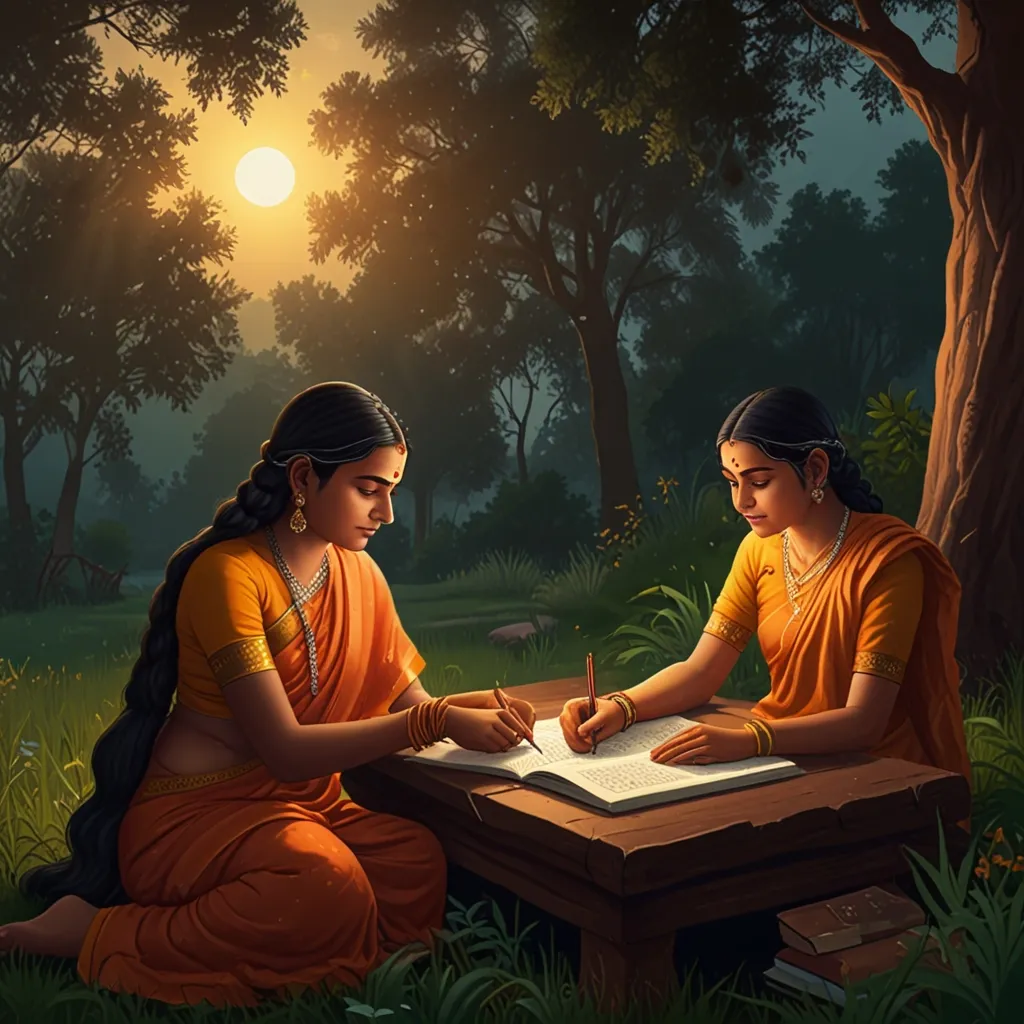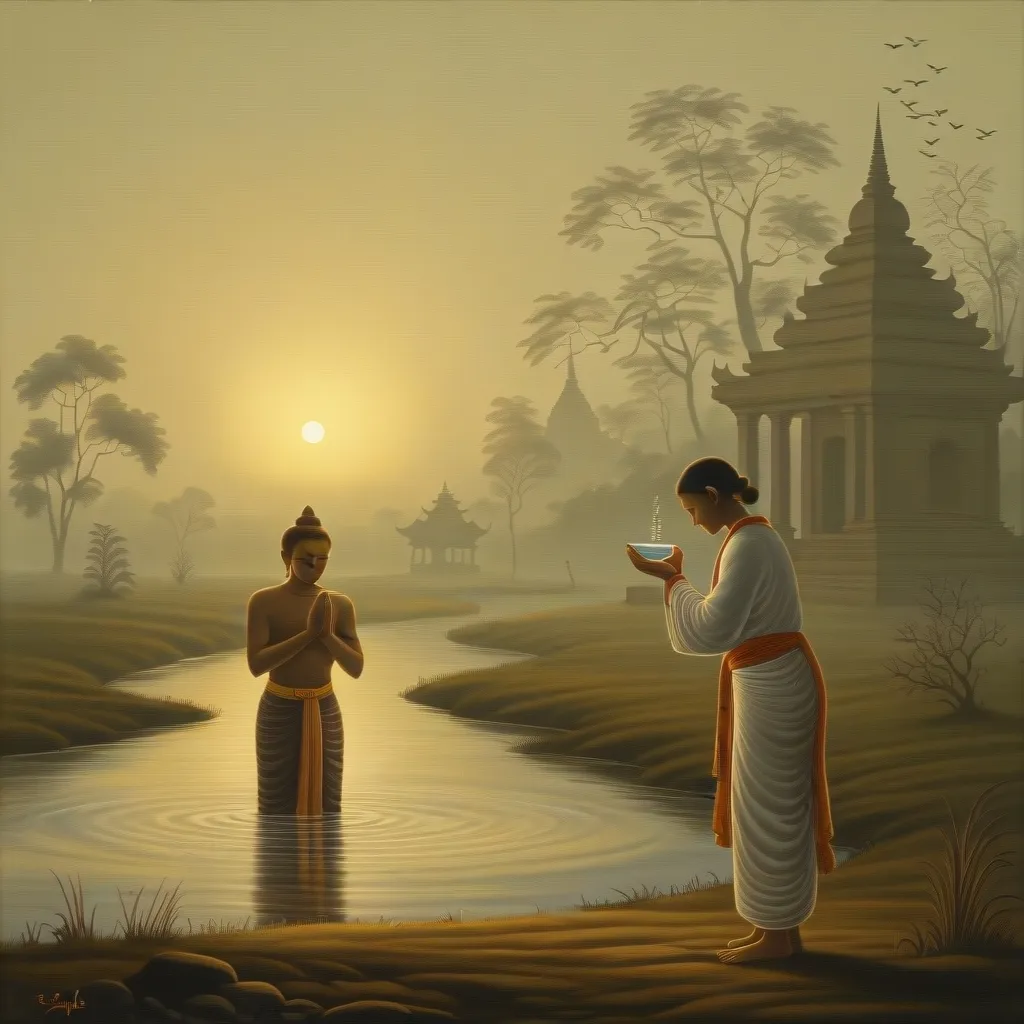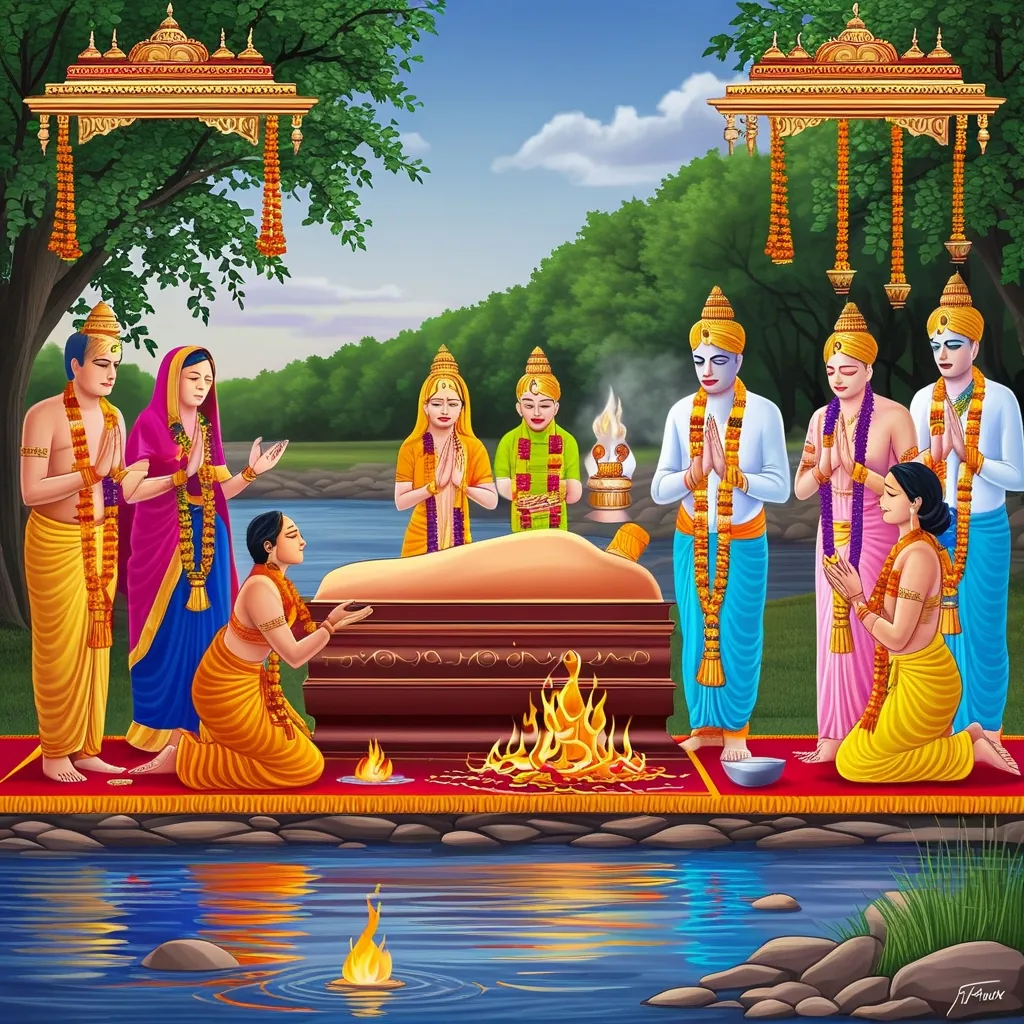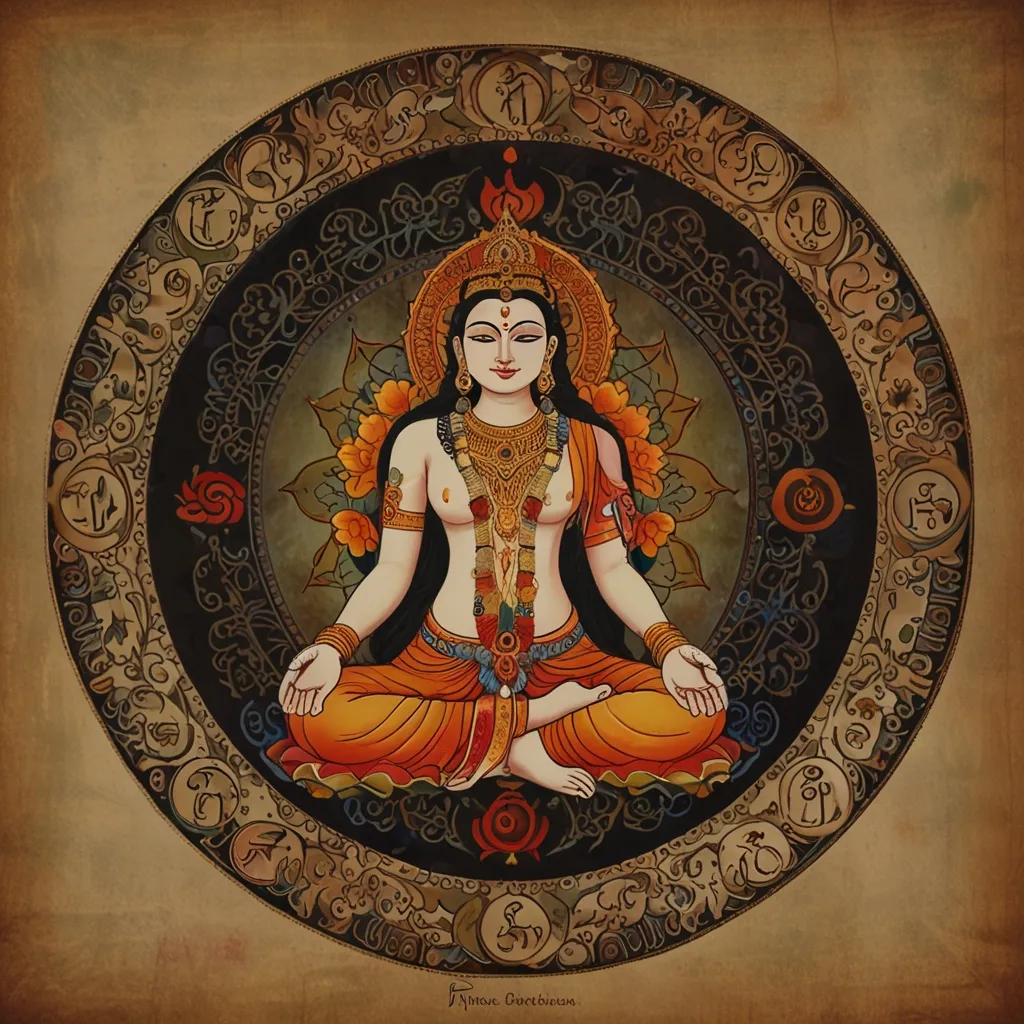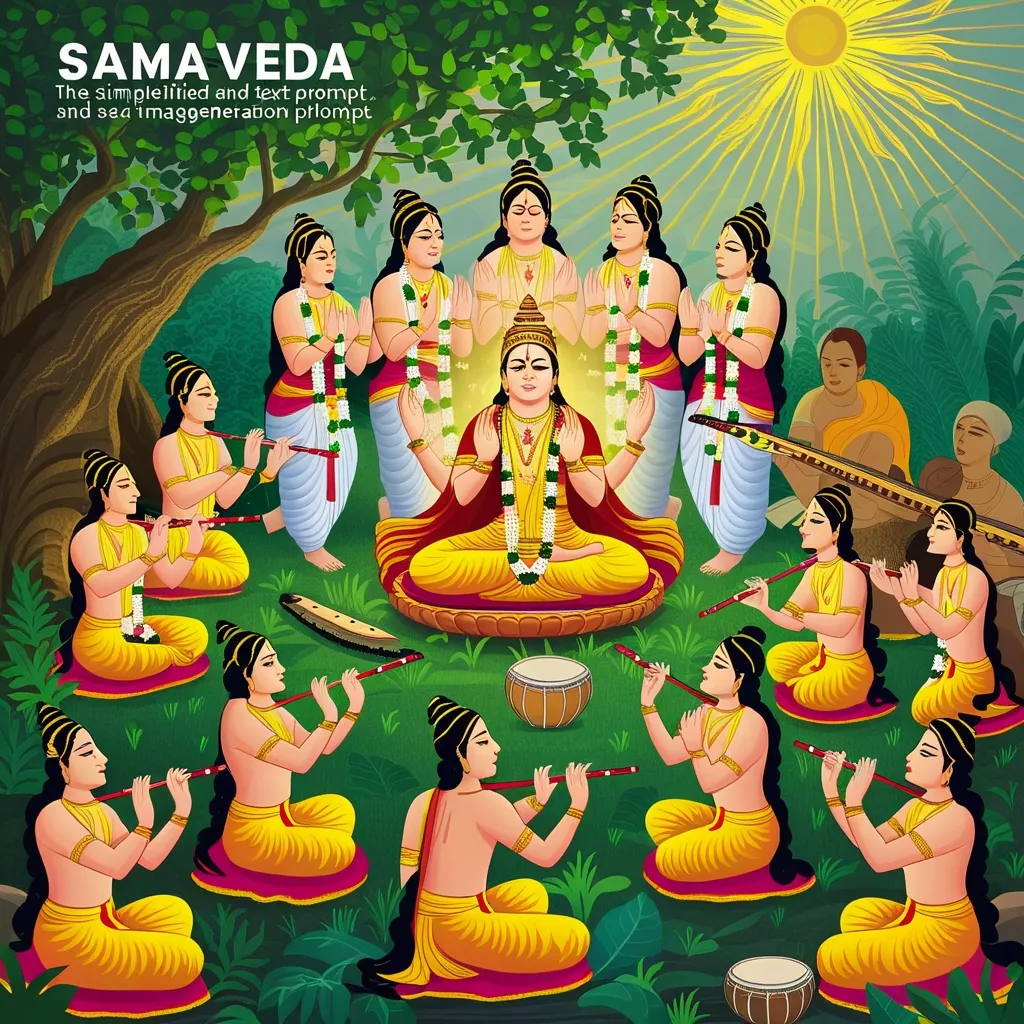Back in the days of ancient India, formal education was very different from what it is now. Instead of traditional schools and classrooms, the primary system of learning revolved around the Gurukul system. This unique method of education was deeply integrated into the societal fabric and played a significant role in shaping some of India’s most influential thinkers and leaders over thousands of years.
The term “Gurukul” itself really paints a picture: it’s derived from “Guru,” meaning teacher or master, and “Kula,” meaning family or home. So, rather than just attending a school, students actually lived with their teachers, becoming part of their family. This setup was designed to foster not just academic learning but also personal growth in a very holistic way.
The Gurukul way of life really took off during what’s known as the Vedic period, around 1500 BCE. These were the main hubs of learning back then, drawing students from all over. But these weren’t just places to hit the books; they were spiritual centers too. Young learners, who were called Brahmacharis or Satyanveshi Parivrajakas, moved in with their gurus to learn all sorts of subjects, from language and science to math and the arts.
What’s fascinating about Gurukuls is how sacred the bond was between the student and the teacher. Living and learning together, students also helped out with daily chores, learning through observation and practice. The whole system was supported by public donations, and instead of tuition fees, students showed their gratitude with a token of respect, often called “gurudakshina,” when their education was complete.
When it came to what the students learned, the curriculum was as varied as it was comprehensive. Of course, they studied ancient texts like the Vedas and Upanishads, but they also picked up practical skills like agriculture, crafts, and even sports. Learning was an active process, involving group discussions and hands-on experiences. It’s worth noting that subjects like astronomy and economics were also part of the deal, showcasing the advanced knowledge base of ancient Indians.
One of the standout features of the Gurukul system was its focus on practical knowledge. This wasn’t about cramming facts; it was about doing and learning in a way that stuck with you. Daily chores were crucial, teaching kids the value of hard work and self-reliance. And let’s not forget activities like yoga, meditation, and mantra chanting, which were essential for mental and physical well-being.
Over time, the Gurukul system has gotten its fair share of mentions in ancient texts and epics like the Ramayana and Mahabharata. Famed gurus like Drona and Varuni ran these institutions, attracting noted students such as Rama and Krishna. The fame of these educational hubs even crossed borders, bringing in students from other countries, which is evident from the travel records of Chinese scholars like Xuanzang.
However, like all good things, the Gurukul system saw a decline, especially during the colonial period. Still, visionaries like Dayananda Saraswati and Swami Shraddhanand worked to revive this ancient mode of education with the establishment of institutions that blended traditional learning with modern education.
Fast forward to today, and you’ll see that the Gurukul system is anything but obsolete. Many modern Gurukuls have been set up across India and abroad, aiming to preserve traditional methods while also incorporating modern technologies. The rise of online Gurukuls or E-Gurukuls is an exciting development, leveraging the internet to spread knowledge about Hindu scriptures and Vedic education.
There are quite a few benefits of the Gurukul system that hold up even in today’s world. It promotes a well-rounded education, balancing academic knowledge with practical skills and spiritual growth. This comprehensive approach helps in building individuals who are better prepared to handle life’s challenges. The emphasis on brotherhood, humanity, love, and discipline also fosters a strong sense of community and mutual respect among students.
When you put the Gurukul system side by side with modern education, some interesting contrasts pop up. Today’s schools often prioritize bookish knowledge and academic performance, whereas Gurukuls emphasized applied knowledge and personal development. The focus was on helping students explore their passions rather than just competing for grades. This value-based approach is particularly beneficial for reducing the stress levels that are all too common in modern education.
The role of the guru in a Gurukul was something else altogether. The guru was more than just a teacher; they were a divine guide and mentor. Their job was to introduce students to the world of knowledge while providing the necessary support and encouragement. This relationship, founded on trust and respect, created a nurturing environment where students could thrive.
There’s a steady effort to bring the Gurukul system back on a larger scale. Various projects aim to establish thousands of Gurukuls worldwide, focusing on Vedic education and holistic development. These initiatives include creating fully-fledged Vedic universities with modern infrastructure and expanding online platforms to reach a global audience.
The Gurukul system is undoubtedly a shining example of India’s rich educational heritage. Its emphasis on practical knowledge, holistic development, and the sacred bonding between the guru and the student make it a model worth considering even today. As we move forward, incorporating aspects of the Gurukul system into modern education could pave the way for a more balanced and enlightened society. By focusing on the overall development of individuals—mind, body, and spirit—we can nurture people who are not just knowledgeable but also wise and compassionate.
